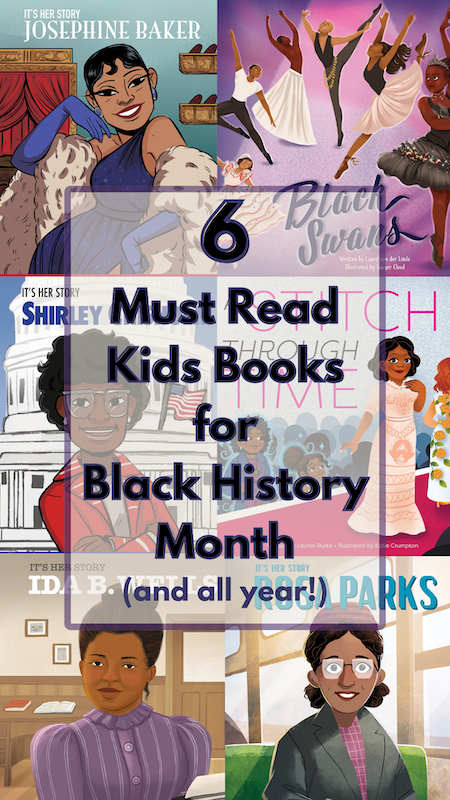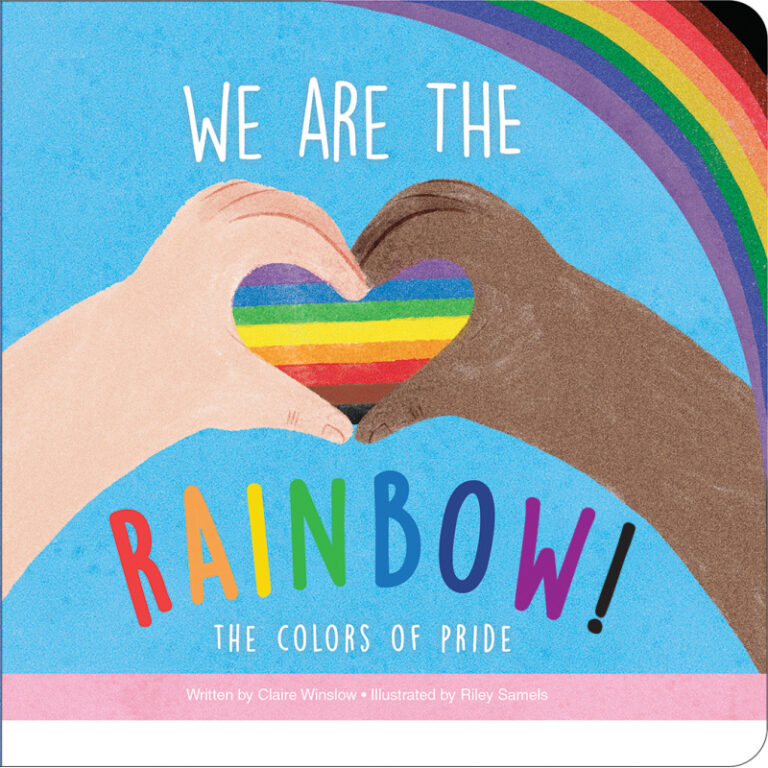
Earth Day Books to Inspire Young Environmentalists
Share stories about our world and what we can do to care for it with our favorite Earth Day books perfect for young environmentalists!

It’s Her Story: Rosa Parks
I remember learning about Rosa Parks in elementary school. It was Black History Month, and I could feel my cheeks burning in response to our lesson on Jim Crow laws and segregation. It’s not easy being one of the few students of color in class, especially when your teacher wants to make an example of you. That day, she needed volunteers to reenact that infamous moment in 1955 when Rosa Parks was arrested for refusing to give up her seat on a Montgomery bus to a white passenger. Her gaze was pointed when she asked who would play Rosa.
The scene was brief. No more than three minutes. The lecture following was even shorter. Our teacher explained that this simple act of defiance inspired the Montgomery Bus Boycott, which kicked off a movement to end segregation in the United States. No time for reflection or questions, we then moved on to math. Black literature and history were not integrated into the regular curriculum. Instead, we hurdled through the key figures and moments at breakneck speed during the month of February. At school, I received a disjointed and broad view of African American history, with a focus on moments of inspiration rather than struggle. At home, I received a very different sort of education.
“They won’t tell you this in school…” is how my parents, grandparents, aunts, and uncles began a lot of sentences. What usually followed was an uncomfortable truth, a painful memory, or lesson. In my experience, Black history is mostly an oral history passed down in the community via elders. Once, at a NAACP event, my father instructed me to pay close attention to a speaker who began their talk by saying, “They won’t tell you this in school, but Rosa Parks was a radical.”
Twelve years before arrest, Rosa Parks became the Montgomery branch secretary of the NAACP. Amongst many other things, Parks was in charge of documenting and investigating acts of violence committed against Black women. She painstakingly collected statements and evidence to put pressure on law enforcement, who in turn, dismissed her. Parks campaigned for anti-lynching laws, and created the NAACP Youth Council, which she ran out of her own home. She was also the Stacey Abrams of her day. Parks was passionate about battling voter suppression and ran multiple campaigns to register as many new voters as possible. The hours were long and unpaid. She worked nights and weekends, received death threats, and saw very little success. Rosa Parks had many low moments, she was often discouraged and overwhelmed. And yet, she persisted.
Two years ago, I began writing a graphic novel for children about the life of Rosa Parks. At first, I struggled. It was a daunting task to reduce a life to 44 pages. For every line you write, there are 10,000 left unsaid. To tell the story of Rosa Parks, you have to tell the story of America’s dark and complex relationship with racial inequality and that story is bigger than one book. It’s larger than one lesson plan. And it deserves more than one month. Early on, I decided that It’s Her Story: Rosa Parks would celebrate a lifetime of activism versus a single moment. And that we would depict late nights, setbacks, and moments of doubt so that children like my daughter learn that while change is possible, it doesn’t happen overnight. You have to put in the work.
On Inauguration Day, I found myself thinking about Rosa Parks while Amanda Gorman recited her poem The Hill We Climb. I was particularly moved by the line, “Somehow we’ve weathered and witnessed a nation that isn’t broken, but simply unfinished.” For me, it serves as a reminder that we are not honoring the legacy of people like Rosa Parks, unless we step in to finish what they started. I sincerely hope that it means the same for President Biden, who had a bust of Rosa Parks placed in his office on his first day of work.
Lauren Burke is a writer and editor from Chicago, Illinois. Her work focuses on women’s history, travel, and classic literature. She also co-hosts a podcast called Bonnets at Dawn about the lives and works of women writers from the 18th, 19th, and 20th centuries.

It’s Her Story: Rosa Parks: A Graphic Novel
Written by Lauren Burke and Illustrated by Shane Clester
https://sunbirdkidsbooks.com/its-her-story-rosa-parks/
Blog originally published on CILIP :
https://www.cilip.org.uk/blogpost/1637344/364996/Introducing-It-s-Her-Story-Rosa-Parks

Share stories about our world and what we can do to care for it with our favorite Earth Day books perfect for young environmentalists!

February is Black History Month, a time to honor the triumphs and struggles of African-Americans throughout U.S History. Here are 6 Must-Read kids books celebrating the African-American women and men who shaped history!

Illustrator Riley Samels is interviewed for his work on the book, We Are the Rainbow! The Colors of Pride.